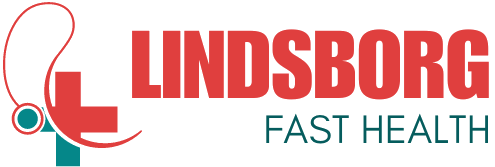Orthopedic rehabilitation for athletes is a specialized field that demands careful consideration of various factors to ensure optimal recovery and return to play. In this comprehensive guide, we will explore the unique challenges faced by athletes undergoing orthopedic rehabilitation and the strategies employed to address them effectively.
I. Introduction to Orthopedic Rehabilitation for Athletes
Orthopedic rehabilitation is a crucial aspect of sports medicine that focuses on the diagnosis, treatment, and rehabilitation of musculoskeletal injuries. For athletes, whose performance often hinges on their physical capabilities, orthopedic rehabilitation plays a pivotal role in restoring function and enabling them to return to their respective sports safely and effectively.
II. Common Orthopedic Injuries in Athletes
Athletes are prone to a wide range of orthopedic injuries, including sprains, strains, fractures, and ligament tears. These injuries can occur as a result of overuse, trauma, or repetitive motion associated with sports activities. Common sites of injury include the knees, shoulders, ankles, and hips, with each injury presenting its own set of challenges in terms of rehabilitation.
III. Unique Challenges Faced by Athletes in Rehabilitation
Athletes undergoing rehabilitation encounter several challenges that distinguish their journey from that of the general population. In addition to the physical aspects of recovery, athletes must contend with the psychological toll of being sidelined from their sport, as well as the pressure to return to play as quickly as possible.
IV. Importance of Individualized Treatment Plans
One of the key principles of orthopedic rehabilitation for athletes is the development of individualized treatment plans tailored to each athlete’s specific needs and goals. Unlike generic rehabilitation protocols, which may overlook the unique demands of certain sports or positions, individualized treatment plans take into account the athlete’s sport, position, level of competition, and personal objectives.
V. Rehabilitation Techniques for Athletes
Rehabilitation techniques for athletes encompass a wide range of modalities, including physical therapy, strength and conditioning programs, and sport-specific training regimens. These techniques are designed not only to address the immediate injury but also to improve overall strength, flexibility, and functional movement patterns to prevent future injuries.
VI. Nutrition and Hydration Considerations
Proper nutrition and hydration are integral components of the rehabilitation process for athletes. Nutrient-dense foods rich in vitamins, minerals, and antioxidants support tissue repair and recovery, while adequate hydration ensures optimal cellular function and performance. Athletes undergoing rehabilitation should work with qualified nutrition professionals to develop personalized nutrition plans tailored to their specific needs.

VII. Psychological Support During Rehabilitation
The psychological aspect of rehabilitation is often overlooked but is equally important as the physical aspect. Athletes may experience feelings of frustration, anxiety, or depression as they navigate the challenges of injury and rehabilitation. Psychological support, including counseling, mindfulness training, and relaxation techniques, can help athletes cope with these emotions and maintain a positive outlook throughout the recovery process.
VIII. Preventative Measures to Avoid Re-Injury
Preventing re-injury is a primary concern for athletes returning to play after rehabilitation. Proper warm-up and cool-down routines, injury prevention exercises, and technique modifications can help reduce the risk of recurrence and prolong athletic careers. Coaches and trainers play a crucial role in educating athletes about injury prevention strategies and promoting safe training practices.
IX. Role of Technology in Orthopedic Rehabilitation
Advances in technology have revolutionized the field of orthopedic rehabilitation, offering new tools and techniques to enhance the recovery process. Wearable devices, such as activity trackers and biofeedback sensors, allow athletes and clinicians to monitor progress in real-time and adjust rehabilitation protocols accordingly. Additionally, virtual reality and augmented reality platforms provide immersive rehabilitation experiences that simulate real-world scenarios and environments.
X. Return to Play Criteria
The decision to return to play after injury is complex and multifaceted, requiring careful consideration of various factors, including the athlete’s physical readiness, functional abilities, and risk of re-injury. Return to play criteria typically include objective measures, such as strength, range of motion, and proprioception, as well as subjective assessments of pain, confidence, and readiness to resume competitive activity.
